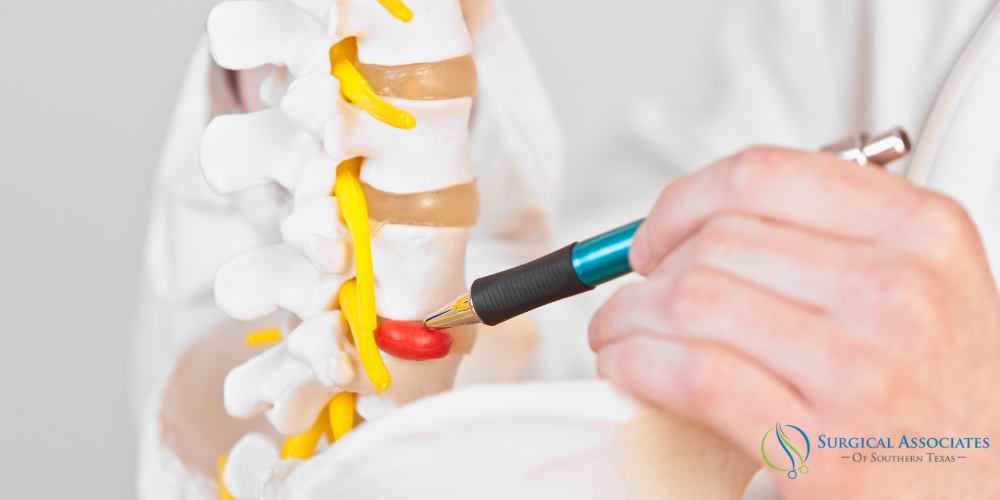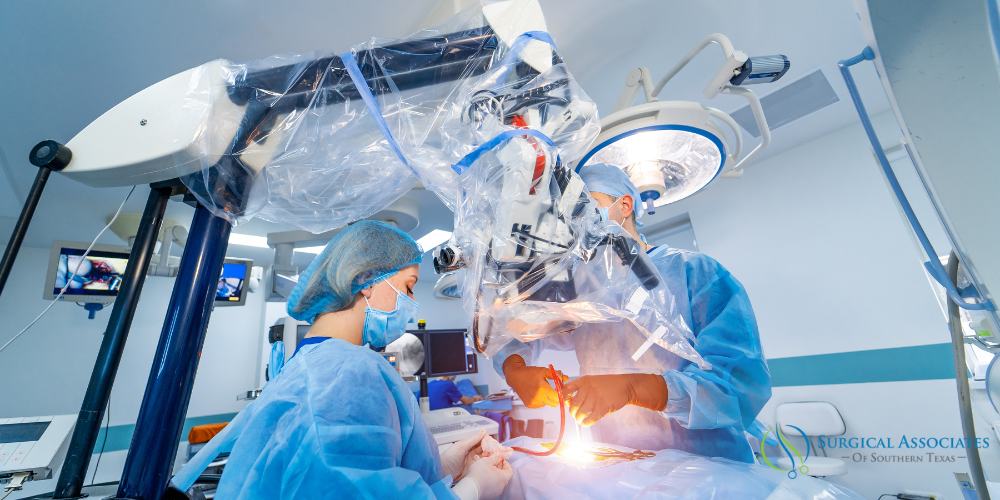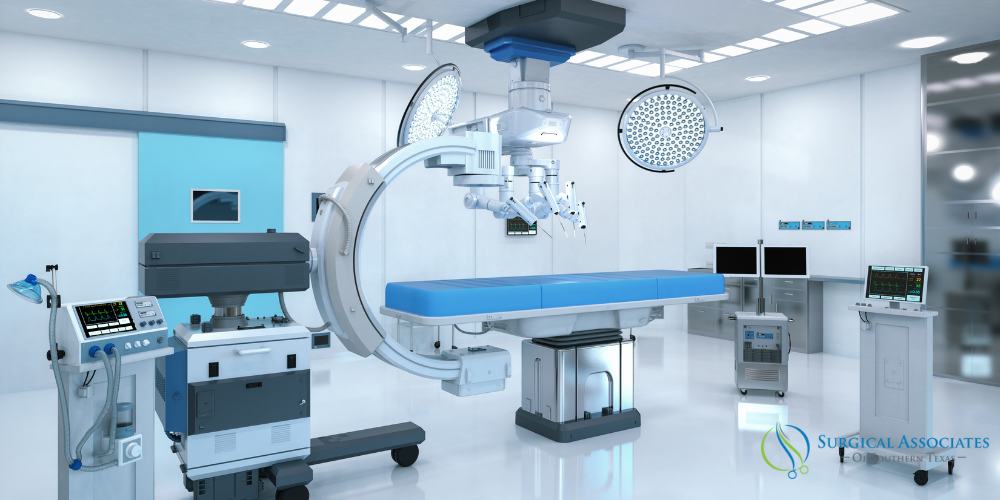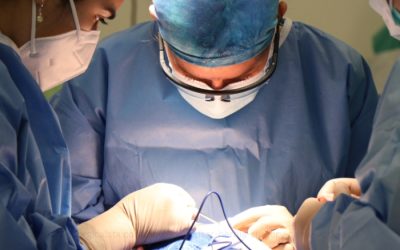Hernia is a very common medical condition in which tissues or organs push against an insufficiency within the tissue or muscle, causing discomfort and pain. The need for surgery to repair a hernia is in cases where a hernia triggers discomfort, pain or other symptoms that can affect the quality of life of a patient. Hernias are painful and cause problems with daily activities. In certain cases the hernia may cause serious complications, like the entrapping of tissues, which could result in the blood supply to cease.
Hernia Surgery to restore normal anatomy and prevent future hernias from developing
Hernia surgery is performed to repair the weakened area and prevent the hernia from getting worse. The goal of hernia surgery is to restore normal anatomy and prevent future hernias from developing. Depending on the type and location of the hernia, a variety of surgical techniques can be used, including open surgery, laparoscopic surgery, and robotic surgery.
Robotic hernia repair procedure
The robotic hernia repair procedure is a breakthrough in medical technology that provides many advantages over conventional open surgery. Hernia repair has traditionally been carried out via open surgery. This involves cutting a long incision and repairing damaged tissue using stitches or mesh. Thanks to the advancement technological advancements, a novel technique for repairing hernias has been created called robotic surgery.
A robotic procedure is minimally-invasive procedure that utilizes an automated system for the procedure. The robot is controlled by a surgeon , who is seated at a console and makes use of a computer for guiding the robotic arm and instruments. The robot gives the surgeon a an immersive 3D view of the surgical site making it possible for them to perform complicated surgical procedures using precision as well as precision.
General Surgeon for Robotic Hernia Repair
A general surgeon is typically the type of surgeon who performs robotic hernia repair. General surgeons are trained in a variety of surgical procedures, including the repair of hernias. They have the expertise and experience needed to perform robotic hernia repair using a robot-assisted system. During a robotic hernia repair, the general surgeon will control the robot’s arms and instruments while sitting at a console. The robot provides the surgeon with a 3D view of the surgical site, enabling them to perform the procedure with greater precision and accuracy.
Advantages of Robotic Hernia Repair Procedure
The repair of a hernia by robotics is a cutting-edge surgical procedure that has numerous advantages when compared to open surgical procedures. The primary advantages of robotic hernia repair are:
- Minimally Invasive: In contrast to open surgery Hernia repair using robotics is an extremely minimally invasive procedure which will require only tiny incisions. This causes less discomfort and pain to the patients, as well as a quicker time to recover as well as less scarring.
- Improved Vision The 3D-view that the robot provides allows surgeons to view the surgical site in high detail, making it simpler to fix the hernia correctly and with accuracy.
- Greater Control Greater Control: The arms of the robot are able to be controlled with high precision, allowing surgeons to carry out complex procedures without difficulty. This leads to less chance of complications and a more positive result on behalf of the patient.
- Reduction in bleeding Hernia surgery performed by robots is associated with less blood loss when compared with the traditional surgical procedure. This is due to the fact that the robotic instruments are designed to limit the tissue damage and minimize the risk of bleeding.
- The shorter hospital stay is because the robotic hernia repair typically takes place in an outpatient manner which means that patients are able to return home within the same day following the procedure is completed. This means an accelerated hospitalization and lower costs on the part of the patient.
Robotic Hernia Repair and other Hernia Repair Procedures
Robotic hernia repair is a unique and innovative procedure that offers several advantages over traditional open surgery and other hernia repair procedures. The repair of a robotic hernia is distinct from other repair methods for hernias in many ways:
- Minimally Invasive: A robotic hernia repair is an minimally invasive procedure that requires tiny incisions instead of the large cut that is required the case with traditional open surgery. This means less pain, a quicker recovery time and less scarring for the patient.
- Improved Vision 3D View: The 3D perspective provided by the robot allows the surgeon to view the surgical area in extreme clarity, making it much easier to treat the hernia correctly and with accuracy. This is different from traditional open surgery , where surgeons may be limited in access to the surgical site and may have difficulty getting to the hernia.
- Greater Control Greater Control: The arms of the robot are able to be controlled with high precision, allowing surgeons to carry out difficult procedures without difficulty. This means lower risks of complications and a more positive outcomes for the patient as relative to other procedures for hernia repair.
- Lower blood loss Hernia surgery performed by robots is associated with less bleeding when compared to conventional open surgical. This is due to the fact that the instruments of the robot are designed to limit damage to the tissues surrounding them and decrease the chance of bleeding.
- The shorter hospital stay is because hernia repair is usually performed as an outpatient procedure which means that patients are able to return home within the same day of the procedure is completed. This leads to an accelerated hospitalization and lower cost compared to other procedures for repairing hernias.
Recommendations
If you or someone close to you suffers from a hernia or other condition, you should consider speaking with your physician about the advantages of robotic surgery, and whether it’s the right choice for you. It is important to choose a qualified and experienced general surgeon for your robotic hernia repair. It is vital to know that the ideal general surgeon for robotic hernia repair could differ from person to person and can be influenced by things like the kind of hernia, the patient’s medical history, as well as their own goals and requirements. It is always beneficial to talk to multiple surgeons and seek out two opinions prior to making a choice. It is highly recommended to look for a surgeon who has a track record of successful robotic hernia repairs and who has received specialized training in the use of the robot-assisted system. You can also ask for references from other patients who have undergone robotic hernia repair with the same surgeon.






